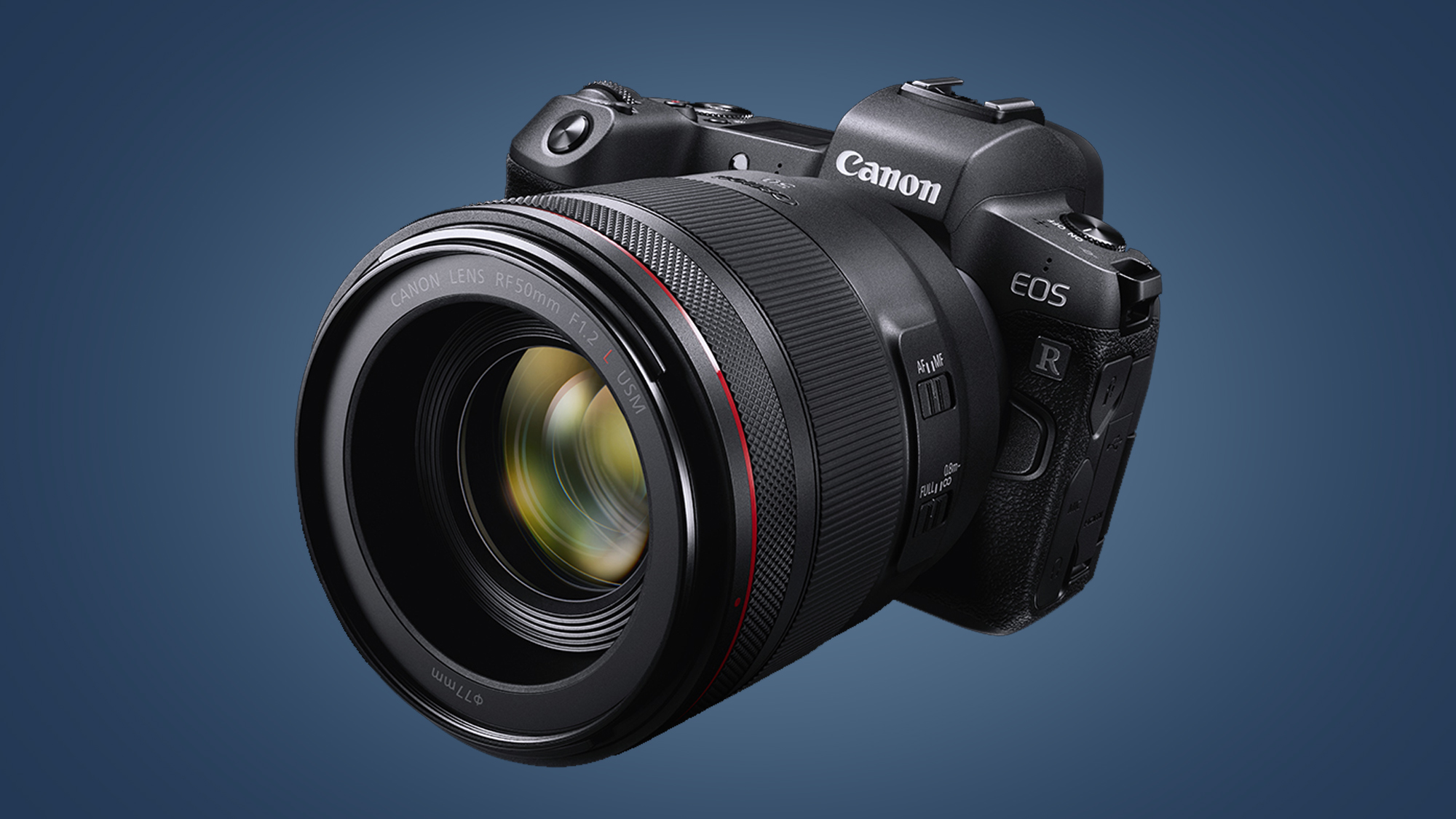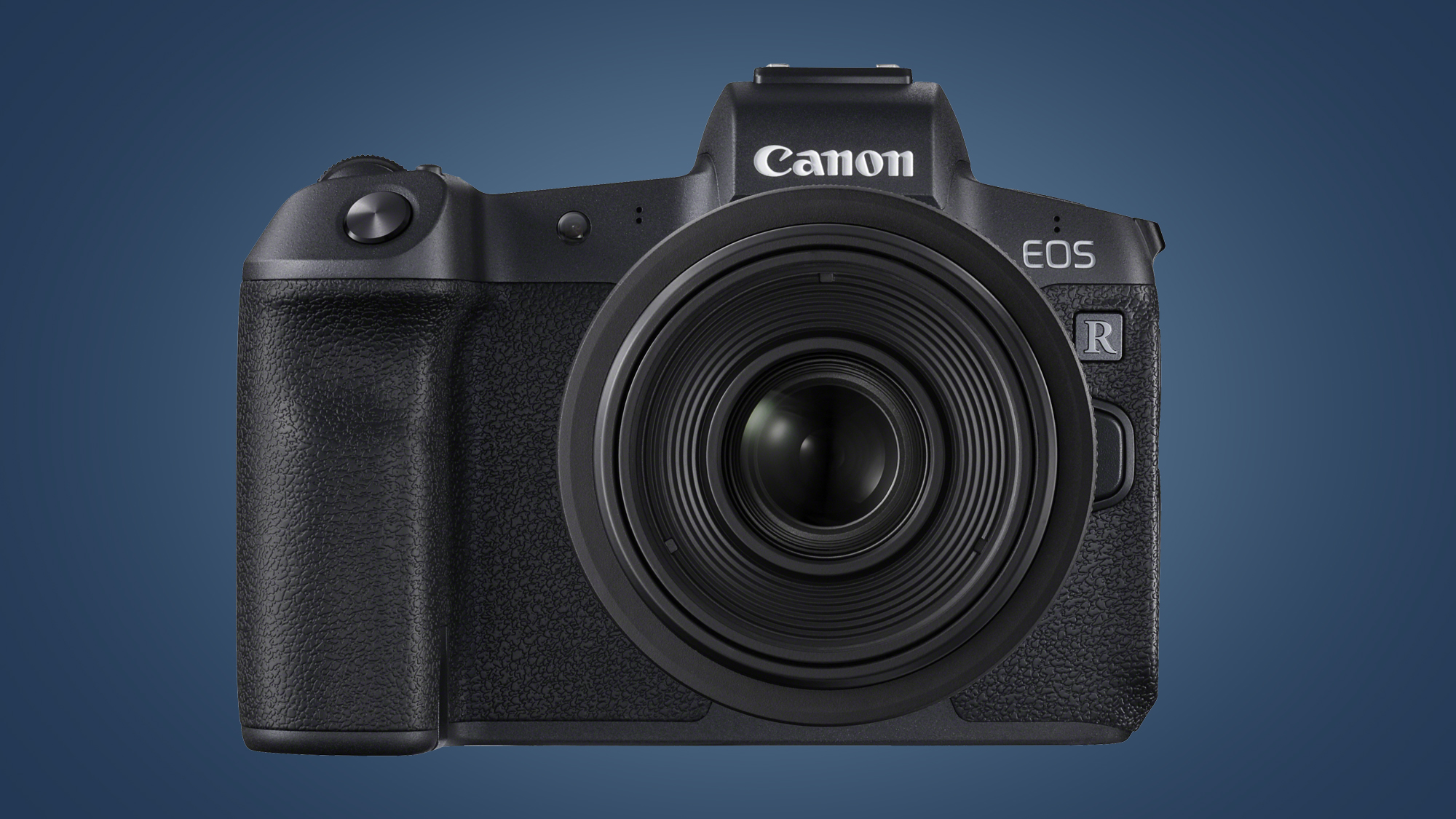Canon EOS Rs: what we know so far about the high-resolution mirrorless camera
A 75MP mirrorless monster is coming over the hill

It’s going to be far from a quiet end to 2019 for Canon, it seems – hot on the heels of the company’s development announcement for the Canon EOS 1DX Mark III are some increasingly strong rumors about the arrival of a high-resolution, 75MP version of its full-frame EOS R mirrorless camera, potentially called the Canon EOS Rs.
Full-frame cameras often have high-resolution siblings that are designed for landscape photographers or professionals who need to make large prints. The Sony A7R IV is such a camera for the A7 series, and the Canon EOS Rs (a tentative name for the new EOS model that’s based on Canon’s old 5Ds) could fill the same role for the Canon’s mirrorless full-framers.
So what kind of specs and features will the EOS Rs bring to the high-resolution fight? And could some of these filter down to Canon’s more hobbyist-friendly bodies? Here’s everything we know about it so far.
- Camera rumors 2019: all the latest camera rumors
- Best beginner DSLR cameras in 2019: five entry-level models to choose from
- The best DSLRs in the business: top cameras to suit every budget

Canon EOS Rs: release date and price
According to a Canon Rumors source, the Canon EOS Rs will be announced in February 2020 with availability soon afterwards. This matches some quotes that Canon made in October about an incoming mirrorless body, when it said "the pro-level camera that you're expecting is on the way" and that it’d feature in-body image stabilization (IBIS).
There are no rumors yet about a price for the EOS Rs, but we can make an educated guess based on similar full-frame releases. The Canon 5DS (its spiritual DSLR predecessor) cost US$3699 / £2999 / AU$5000 when it launched in 2015, and something in that ballpark certainly seems likely considering the Canon EOS R’s price tag. This is also the price point of the Sony A7R IV, which would be the EOS Rs’ main rival.

Canon EOS Rs: specs and features
Early rumors about a high-resolution version of the Canon EOS R pointed to it having a 83MP sensor, but the latest talk from the source at the often reliable Canon Rumors is that it’ll be a 75MP camera.
That will be more than enough resolution for most, as cameras with resolutions at this level start to have workflow and storage implications. For example, a single shot on the 61MP Sony A7R IV is a 120MB file, although Canon’s new C-Raw format will help keep them smaller for casual work.
Get daily insight, inspiration and deals in your inbox
Sign up for breaking news, reviews, opinion, top tech deals, and more.
According to Canon Rumors’ source, this sensor will be “focused on the dynamic range” and be ably supported by a new Digic 9 processor, which will arrive in the Canon 1DX Mark III in early 2020.
Other rumored features include dual card slots and a joystick – we criticized the Canon EOS R for lacking both of these, so they’d both be very welcome. Another feature of the EOS R that we weren’t particularly keen on was the touch bar, and this apparently won’t make the leap over to the EOS Rs.
A few other treats will apparently include a fully articulating LCD screen, weather-sealing and larger, higher resolution electronic viewfinder (EVF) than the EOS R. The latter wasn’t exactly lacking in this department, with a 3.6 million dot OLED actually proving to be one of our highlights at the time of its launch. But high-end flagship cameras have recently leaped ahead again, moving to a 5.76 million-dot viewfinder that could well be matched by the EOS Rs.

Canon EOS Rs: in-body image stabilization (IBIS)
Canon has already confirmed that it’s working on an in-body image stabilization system – the question is which new models will be the lucky recipients.
The EOS Rs (if that’s indeed what Canon’s high-resolution camera will be called) seems the most likely, particularly as the Sony A7R IV has a five-axis system that also enables its 240.8MP multi-shot mode. Whether IBIS will appear on the Canon EOS 1DX Mark III is a little more debatable.
Canon has traditionally been happy to go with in-lens stabilization on its cameras, but the long-awaited addition of IBIS would allow for the kind of synergy that’s been pioneered by Panasonic and Olympus in the last few years. How well this works depends on which lens you use, but at its best cameras like the Olympus OM-D E-M1X can achieve 7.5 stops of stabilization, which greatly improves the possibilities for handheld shooting.

Canon EOS Rs: mount and lenses
Another slightly more wild rumor that’s being doing the rounds recently is that Canon’s next high-end mirrorless camera will have a hybrid mount that’ll allow it to work with both EF and RF lenses.
This seems unlikely to be the case for the EOS Rs though – there are very few details about how this would actually work, with tricky issues around the different flange distances (that’s the gap between the mount’s metal ring and the sensor) to overcome.
We haven’t yet seen any patents on this topic, so it seems unlikely to be included on a camera as imminent as the Canon EOS Rs. Instead, it’s rumored to be featuring in an EOS 1-style camera from 2021, which would be a mirrorless take on the classic, pro-friendly SLR from the late 80s.
Canon EOS Rs: early thoughts
Despite its apparently imminent arrival, it’s still early days for Canon EOS Rs rumors – in fact, it’s still far from certain that this will be the camera's name.
That said, the rumors so far make a lot of sense for a camera that will be eagerly anticipated by a wide range of photographers, from landscape shooters to architecture fans and print fashion snappers.
The design and ergonomics will apparently be similar to the EOS R, but the rumored inclusion of dual card slots, a joystick, a fully articulating LCD and IBIS make for a great combination, at least on paper. It should also make the Canon EOS R a little more affordable too.
The only question is if those aforementioned photographers have already had their heads turned by Medium Format cameras like the Fujifilm GFX 50R, or the Sony A7R IV.
The latter in particular managed to really broaden its appeal with its incredible speed and autofocus, so it’ll be interesting to see how the Canon EOS Rs manages to compete on those fronts. We’ll bring you more official news as soon as we get it.

Mark is TechRadar's Senior news editor. Having worked in tech journalism for a ludicrous 17 years, Mark is now attempting to break the world record for the number of camera bags hoarded by one person. He was previously Cameras Editor at both TechRadar and Trusted Reviews, Acting editor on Stuff.tv, as well as Features editor and Reviews editor on Stuff magazine. As a freelancer, he's contributed to titles including The Sunday Times, FourFourTwo and Arena. And in a former life, he also won The Daily Telegraph's Young Sportswriter of the Year. But that was before he discovered the strange joys of getting up at 4am for a photo shoot in London's Square Mile.